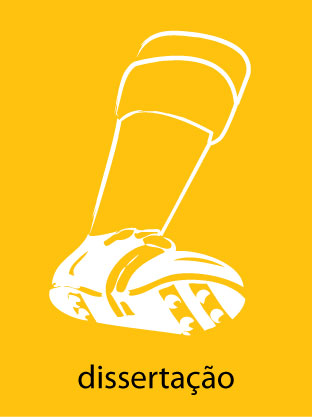O objetivo deste trabalho é problematizar o tratamento da polissemia em um recurso lexical baseado em frames . Para tal, estabeleceremos um cotejo entre a Semântica de Frames e a visão cognitivista de polissemia, buscando estabelecer uma aproximação entre os frames e as redes lexicais. No intuito de atingir esse objetivo, partiremos de alguns estudos mais conhecidos sobre a polissemia, como Brèal (1992), Ullmann (1964) e Lyons (1977), com vistas a situar o tema no tempo e no espaço. O segundo capítulo teórico deste trabalho apresentará o paradigma conhecido como Linguística Cognitiva, trazendo seus principais compromissos, bem como o contexto histórico em que se insere. Para tal, traremos as contribuições de Evans e Green (2006). Também discorreremos sobre a Semântica de Frames (FILLMORE, 1982), uma teoria circunscrita ao paradigma cognitivista que considera o significado do ponto de vista enciclopédico, sem fazer distinções entre informações linguísticas e informações contextuais no processo de significação. Em seguida, apresentaremos a FrameNet, um recurso lexicográfico online erigido sob os princípios da Semântica de Frames, com vistas a problematizar o tratamento dispensado à polissemia por esse recurso computacional. Ainda no segundo capítulo teórico, apresentaremos a visão cognitivista da polissemia, partindo de Langacker (1987) e Geeraerts (2006), em relação às noções de categoria complexa e flexibilidade, respectivamente, e de Lakoff (1987) e Fauconnier e Turner (2006), que oferecem modelos teóricos que possibilitam o estudo da polissemia, sejam eles as categorias radiais e a mesclagem conceptual. A parte aplicada deste trabalho consiste em empregar as categorias radiais de Lakoff (1987) na descrição dos sentidos polissêmicos do substantivo ataque e do verbo marcar – o uso já consagrado das redes – bem como na descrição dos frames evocados por tais sentidos – aplicação que propomos nesta dissertação. Acreditamos que nossa proposta de integração entre redes e frames é justificada (i) por um princípio da Linguística Cognitiva, segundo o qual o significado é um conceito, assim como, da mesma forma, os frames semânticos são entidades conceptuais, e (ii), por um princípio da Semântica de Frames, que reza que, para saber o significado de uma palavra, é preciso ter conhecimento do frame que ela ativa. Nesse caso, o frame é uma estrutura de conhecimento mais ampla que dá informações enciclopédicas sobre o uso daquela palavra em uma comunidade de falantes. O que nossa proposta defende é que a aplicação das redes radiais tanto aos sentidos, quanto aos frames por eles evocados, adicionam diferentes informações à descrição linguística de itens polissêmicos: partindo-se das redes com sentidos, têm-se informações sobre o léxico; partindo-se das redes com frames, têm-se informações acerca das estruturas cognitivas maiores que subjazem esses sentidos, os próprios frames. Nosso estudo de corpus evidencia que essas palavras, em seus usos futebolísticos, são polissêmicas e, que, portanto, podem ser entendidas como categorias complexas. Esse resultado também corrobora a hipótese cognitivista de que a polissemia é um fenômeno regular na língua, ao contrário do que dizem as ideias apresentadas no primeiro capítulo deste trabalho, para as quais a polissemia é algo epifenomenal, isto é, secundário.
Palavras-chave: Polissemia. Linguística Cognitiva. Linguística de Corpus. Futebol.


